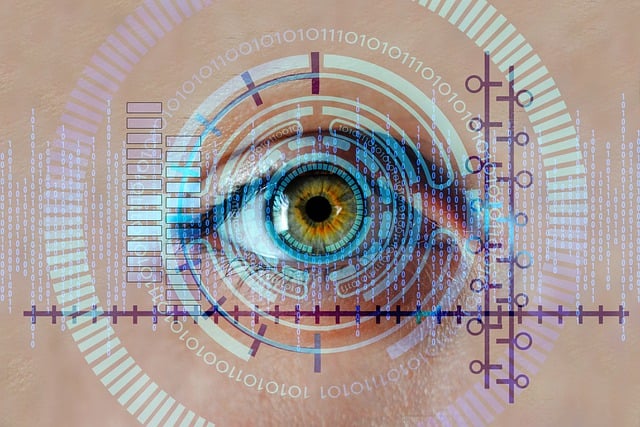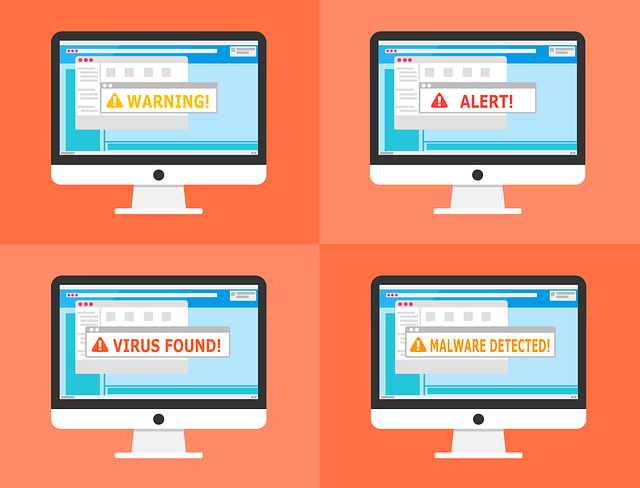Security background checks are essential for organizations in high-risk sectors to protect against internal and external threats, ensuring a safe work environment and regulatory compliance. This involves verifying criminal records, employment history, education, and references through public records, database searches, and reference interviews. An effective screening process includes ongoing updates, regular re-screening, and adherence to evolving regulations, using technology like biometric screening and digital identity management for enhanced accuracy. Future trends in security workforce screening include leveraging data analytics, AI, continuous monitoring, and dynamic risk assessment to proactively identify and mitigate threats.
Security background checks are an essential component of regulatory compliance, ensuring organizations protect sensitive information. This comprehensive guide delves into the intricacies of security workforce screening, exploring its critical role in maintaining compliance. We’ll dissect key aspects, including understanding background checks, their impact on workforce screening, navigating regulatory requirements, and implementing best practices. Additionally, we’ll preview emerging trends shaping the future of security workforce screening.
- Understanding Security Background Checks: A Comprehensive Overview
- The Role of Workforce Screening in Compliance
- Key Regulatory Requirements for Employee Verification
- Implementing Effective Security Clearance Processes
- Common Challenges and Best Practices in Background Checking
- Future Trends in Security Workforce Screening
Understanding Security Background Checks: A Comprehensive Overview

Security background checks are a critical component of any organisation’s risk management strategy, especially in high-security industries and positions. These thorough screenings serve as a protective measure against potential internal and external threats, ensuring that only trustworthy individuals gain access to sensitive information and facilities. By delving into an individual’s history, these checks uncover relevant details such as criminal records, employment verification, education, and any other factors that may impact job performance or security risks.
The process involves a comprehensive review of public records, database searches, and sometimes even interviews with past employers or references. This meticulous approach to security workforce screening helps organisations comply with legal and regulatory requirements, maintain a safe work environment, and mitigate the risk of security breaches or insider threats. Effective background checks act as a filter, allowing companies to make informed decisions when hiring, promoting, or assigning responsibilities that require heightened security measures.
The Role of Workforce Screening in Compliance

Workforce screening is a critical component in achieving and maintaining regulatory compliance within any organization. By implementing thorough background checks on potential employees, companies can identify and mitigate risks associated with hiring individuals who may pose security threats or have undisclosed conflicts of interest. This process involves verifying an applicant’s identity, checking their employment history, and assessing any relevant legal or regulatory barriers to entry.
Security workforce screening is not just a one-time task but an ongoing effort. Regular updates and re-screening are essential to account for changing circumstances such as new legislation, evolving threat landscapes, or personal developments within the employee’s background. A robust workforce screening program ensures that organizations stay ahead of potential risks, fostering a safer and more secure work environment.
Key Regulatory Requirements for Employee Verification

In today’s digital era, ensuring regulatory compliance is non-negotiable for any organization, especially in highly regulated industries. A robust security background check is at the heart of this process, serving as a powerful tool to meet key regulatory requirements for employee verification. These checks go beyond basic identity verification, delving into an individual’s history to uncover potential risks or red flags that could compromise security and compliance.
The primary focus areas include criminal records, employment history verification, education validation, and reference checking. For instance, many jurisdictions mandate the screening of individuals against national and international sanctions lists, as well as checks for any involvement in terrorist activities. Additionally, thorough background investigations can reveal undisclosed previous employments or associations that might raise concerns about insider threats or conflict of interest. Effective security workforce screening involves a comprehensive evaluation of these aspects to maintain a secure and compliant work environment.
Implementing Effective Security Clearance Processes

Implementing effective security clearance processes is paramount for organizations aiming to maintain regulatory compliance in their security protocols. A robust security workforce screening program acts as a cornerstone, ensuring that only trusted individuals with appropriate clearances gain access to sensitive information and critical infrastructure. By adopting rigorous background checks, including comprehensive data verification, identity authentication, and risk assessment, companies can mitigate potential threats and vulnerabilities within their ranks.
This proactive approach involves meticulous scrutiny of an applicant’s history, employment records, education, and any relevant security-related disclosures. Advanced technology, such as biometric screening and digital identity management systems, streamlines the process while enhancing accuracy and data protection. An integrated security workforce screening system not only expedites clearance procedures but also contributes to a culture of transparency and accountability, reinforcing an organization’s commitment to safeguarding its assets and maintaining integrity in compliance with industry standards.
Common Challenges and Best Practices in Background Checking

Background checks are a critical component of ensuring regulatory compliance in any industry, especially those dealing with sensitive information or high-risk environments. However, implementing effective security workforce screening processes isn’t without its challenges. One of the primary hurdles is keeping up with evolving regulations and continuously adapting check procedures to meet them. Keeping track of various legal requirements across different regions can be complex, requiring a dynamic and flexible approach to background checking.
To overcome these challenges, best practices include implementing comprehensive screening packages that go beyond basic criminal records checks. These should encompass multiple verifications such as education and employment history verification, reference checks, and professional licensing validation. A robust system that integrates advanced technology like digital identity verification and automated data cross-referencing can significantly enhance accuracy and efficiency. Additionally, regular reviews and updates of background check policies are essential to address emerging risks and stay ahead of regulatory changes in the dynamic landscape of security workforce screening.
Future Trends in Security Workforce Screening

The evolving landscape of cybersecurity demands innovative approaches to security workforce screening. Future trends in security workforce screening will likely focus on advanced data analytics and artificial intelligence (AI) integration. These technologies can analyze vast amounts of data, including social media activity, open-source intelligence, and professional networks, to uncover potential risks or red flags that traditional methods might miss. By leveraging AI algorithms, organizations can streamline the screening process, improve accuracy, and make data-driven decisions.
Additionally, there will be a greater emphasis on continuous monitoring and dynamic risk assessment. As cyber threats become more sophisticated, background checks will move beyond static one-time assessments. Regular updates and real-time monitoring of employees’ behavior, access privileges, and interactions will become the norm. This proactive approach ensures that any deviations from established norms or suspicious activities are quickly identified and addressed, enhancing organizational resilience against emerging security risks.
